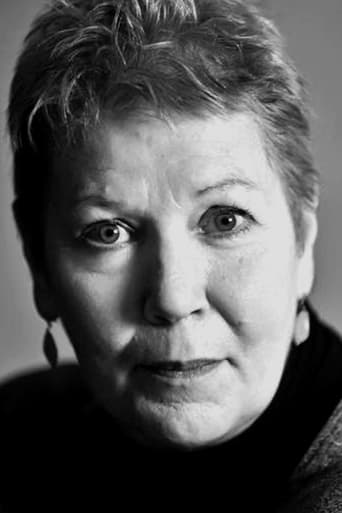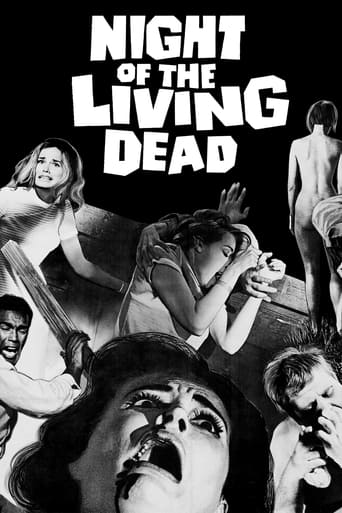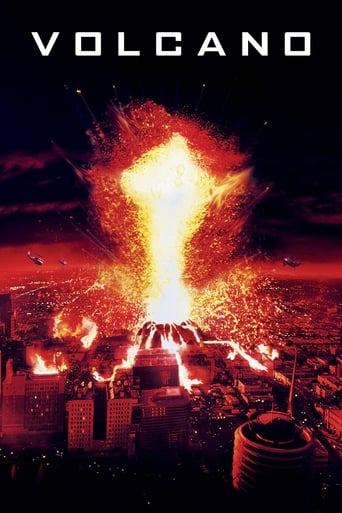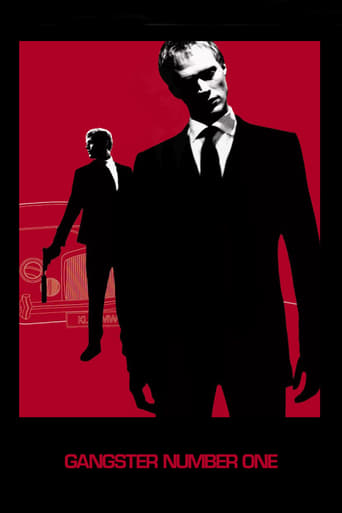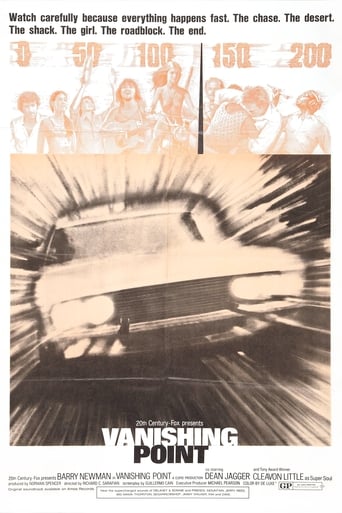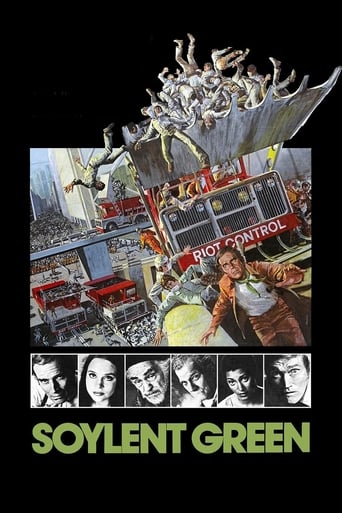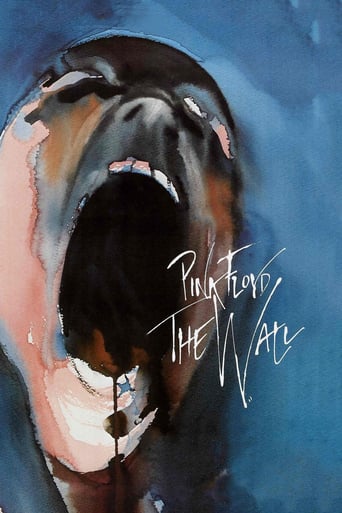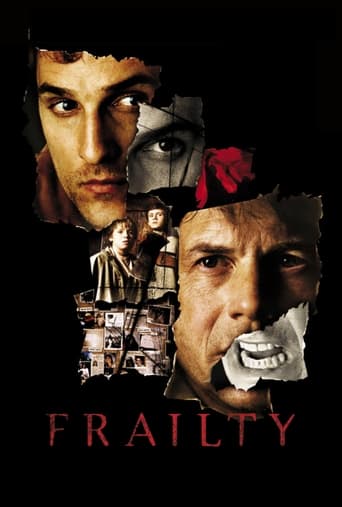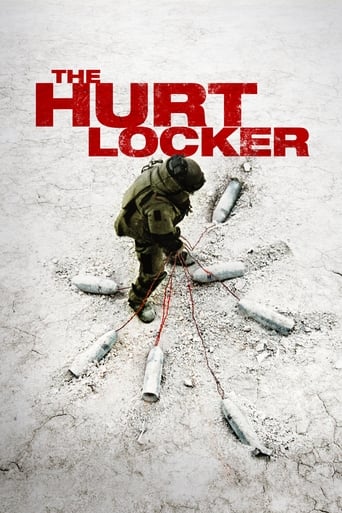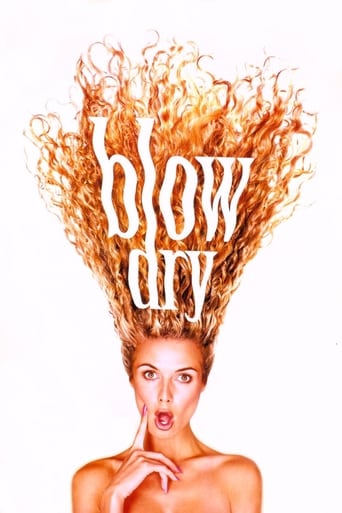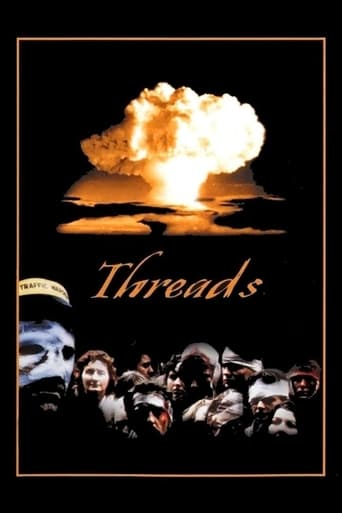
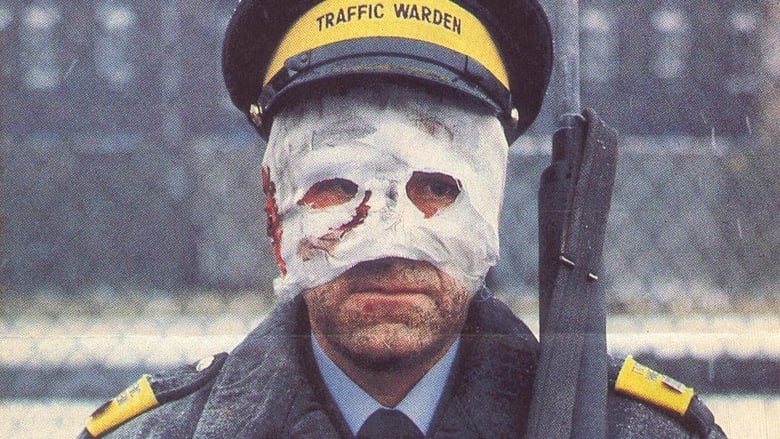
Threads (1984)
Documentary style account of a nuclear holocaust and its effect on the working class city of Sheffield, England; and the eventual long run effects of nuclear war on civilization.
Watch Trailer
Cast


Similar titles
Reviews
The two main countries facing off against one another in a potential nuclear war began with Russia and the United States. Since the Cold War began at the end of WWII, both had increased their nuclear capabilities to the consternation of everyone around the world. They never let loose their weapons, the concept of mutually assured destruction preventing them from doing so. But that didn't prevent people from worrying about it happening.Those who protested in the 60s came of age and moved into TV and film production. With the election of Ronald Reagan the days of backing down to the Russians ended. His Presidency resulted in the end of the cold war and also in a series of movies using the threat of nuclear annihilation as a theme. Movies like THE DAY AFTER, TESTAMENT and SPECIAL BULLETIN all focused on the use of nuclear weapons. The movies all pack a powerful punch, even in today's world. And another film among these that did just that at the time it aired is THREADS.Airing on BBC in 1984 the show received the highest ratings of viewership that week. It aired in the US on TBS in 1985. It followed by airing on stations around the world after. It is a film that has left its mark.The movie unfolds in a combination of storytelling and documentary styled filmmaking. It follows two families in Sheffield in Northern England whose lives have come together with the upcoming birth of a child and wedding of their children. We see how their lives are prior to anything happening, everything from meeting the parents to finding an apartment to redoing the apartment before moving in. One is more upper class and the other working class.As we learn about the young couple we also get glimpses of news stories on TV that seem to be on no matter where they are. The news is constantly focused on escalating tensions between Russia and the US over both country's involvement in Iran. The US has helped with a coupe hoping to reinstate the Shah and the Russians have invaded the northern part of the country hoping to prevent this from happening.The film gets more grisly as we approach the 50 minute mark. The confrontation between the two super powers reaches fever pitch and nuclear was is launched, one of the bombs landing in Sheffield because of the military airfield and manufacturing plants there. It isn't long before the effects begin starting with the shockwave that runs over everything, blowing out windows and decimating anyone still on the streets.Those that sought shelter, including a storyline involving local wardens who were put in place to help once the war was over, survive the initial blast. But then the reality of what would happen kicks in. Shortages of food with no means to distribute it to survivors has people scrambling for things to eat. With hospitals gone the odds of medical help for the wounded are nearly depleted in minutes. As looting begins among the survivors some sense of order is attempted by what military remains.The end result is a bleak world where little survives and those that do are subjected to everything one could imagine after such a war. Those things range from radiation poisoning to darkened skies in a cloud of radioactive dust. The sun blocked skies prevent food from growing to replace what was destroyed. And people finally band together in an attempt at rebuilding civilization.The movie deals with the prospect of nuclear war in the most straightforward manner possible. There are no heroes waltzing in at the last moment to save the day. There are no top secret government bases that hold a select group of survivors intent on repopulating the world living in an environment meant to protect them. This is real. This is the cold hard facts. Ducking and covering will not protect nor save you.As seen through the eyes of the two families we get a glimpse of what would happen. Those that die immediately are the fortunate ones. The survivors are relegated to a hell on earth that would make most wish they had been taken out in that initial blast. Most movies never consider the small things that we take for granted and even back in 1984 there were items we have now that weren't even around then.Consider a world with no phones of any kind. No television or radio to listen to hear what happened. No running water to drink or to use to do something as simple as flush a toilet. No government run agency to see to it that dead bodies were collected and even if there were there would be no way to move them. Roads would be covered in demolished buildings or torn up altogether. No electricity means no lights and no refrigeration. All of these are touched on in this film.While a part of me fears that watching this film will do little more than create another wave of socially conscious protesters with no clue on how the world works or offering suggestions as to a solution, another part of me hopes that some will watch this and consider the threat and possibly find solutions that will prevent this from happening. The bombs will never been completely gone and thinking that the other side will eliminate them all is nave at best and stupid at worst. The concept of mutually assured destruction remains the best deterrent to nuclear war there is.But we live in a world of madman now. A world where a terrorist isn't concerned about his own safety and looks forward to being the one to hold the button down on the bomb as it explodes. A world where some despots think that no matter how infinitesimal they and their armies are they can threaten and use these kind of weapons without fear of retribution. With those people in mind movies like this should be considered.Severin has done a solid job in presenting this movie. Not only are you given the chance to see it in its entirety the release has several extras as well. Those include an audio commentary track with director Mick Jackson moderated by film writer Kier-La Janisse and Severin Film's David Gregory, AUDITION FOR THE APOCALYPSE an interview with actress Karen Meagher, SHOOTING THE ANNIHILATION an interview with director of photography Andrew Dunn, DESTRUCTION DESIGNER an interview with production designer Christopher Robilliard, and interview with film writer Stephen Thrower and the US trailer.Not only is this a film that tells a cautionary tale it is one that should be seen by everyone.
Destroyed buildings, looting, criminals, homeless, polluted water. Pretty much as Sheffield is today but with less immigrants. This film is a great incentive to drop the bomb. I eagerly await the sequals set in bristol and Peterborough.
Despite the millions of dollars Hollywood wastes on post-apocalyptic films, none have come close to capturing the horror or degrading suffering of post-nuclear-strike "survivors".If such such an event were to occur during my lifetime my preference would be to stop outdoors in the centre of a London park (preferably one with swings and roundabouts) and muck about with some mates until the point where we are instantaneously vaporised beneath the air-burst.Life for we kids born during the 50's and 60's was filled with cold-war paranoia incessantly fanned by irresponsible newspapers and deeply offensive anti-communist propaganda continuously foisted on us by nihilistic American film studios given 100% backing by the US Armed Forces and Republican politicians.Not one US cinematic attempt to portray a realistic nuclear aftermath has disturbed me as profoundly. Threads pulls no punches. No sickeningly toxic sentimentality employed to make a cosy job of such a nightmarish tragedy utilised. It is a raw, unyielding and utterly depressing portrayal of politically unregulated militaristic hegemony.Threads is the only film of this genre worth taking the time to watch. It has unparalleled integrity and sticks strictly to the facts of physical and social science.
Mick Jackson's BBC docu-drama opens with one implicit warning:"In an urban society, everything connects. Each person's needs are fed by the skills of many others.Our lives are woven together in a fabric, but the connections that make society strong also make it vulnerable."His warning concludes with a fragile strand of spider silk and fades into a fully woven, menacing orb of spider web.I saw this post-nuclear apocalypse film on the force of Guardian's recommendation for scariest horror films. But I don't consider it the scariest horror I've seen for two reasons: Threads is not really horror by formalistic standards as it can't be qualified by the usual sub-genres (slasher, supernatural, psychological to name a few). Second, it didn't induce a sense of mounting dread (so keenly attempted by most horror movies) in all 112 minutes of running time.Yet it gave me a nightmare the same night I was done watching.So what's the big deal? There are tonnes of shows (about wars, nuclear disasters, end-of-the-world) trying to frighten us with gruesome make-up and special effects anyway: Pearl Harbor, The Hills Have Eyes, Children of Men Well it is here that the film's choice of fictional news footage and anti-aesthetic photography by Andrew Dunn and Paul Morris deserve mention. Amplified by the context of nuclear radiation in a densely populated urban centre, human disfigurement occurring in the thick of those post-disaster scenes were absolutely disturbing to witness.I haven't seen imageries this persistent and lasting since defective humans and severed limbs in movies by Jodorowsky. The video's grainy resolution — likely the result of analogue format on Super VHS back in the 1980s — adds to the tone of cinéma vérité very well. Overall effect is creepy like a scratchy washed-out video in Hideo Nakata's Ringu, combined with the haunting cruelty in war photos captured by James Natchwey.Screenwriter Barry Hines hypothesizes the fate of people living in Sheffield when the Soviet Union detonates a warhead above the North Sea. I will not delve into details with a blow-by-blow account of the fictional brinkmanship in Threads, but essentially, a failed US- led coup in Iran escalates into armed confrontation with the Soviet Union. This crisis culminates in nuclear attacks on NATO bases throughout the region, with the city of Sheffield being one of several targets.Three narrative viewpoints drive the film: documentary aspects are narrated by an omniscient man whom earlier, had warned us of the vulnerability in a system held by connections that interlock too closely. He explains in chronological sequence: how early days of the crisis lead to the melt down of society's economic, social, medical and environmental conditions. And finally, the ultimate collapse of humanity itself. Dramatic arcs are painted through the story of young lovers, Ruth Beckett and Jimmy Kemps. An unplanned pregnancy introduces their respective families (the Becketts and the Kemps) in the mix, effectively setting up these ordinary characters as victims who will suffer for generations to come, acutely and chronically, the full blown effects of this event when nuclear radiation rises and peaks after 3000 megatons of TNT. Another viewpoint follows a small group of council members in Sheffield's Emergency Operations Team.All three units engineer in full force; a scientifically eloquent, nightmarish and realistic narrative of total devastation caused by a nuclear holocaust.Threads may be a faux-documentary but still, it makes for a terrifying watch. Miles ahead of fly-by-night Hollywood disaster flicks, this is a deeply intense social realist drama anchored in credible visual tone and political language. Don't let the fact that it was made back in 1984 fool you into thinking otherwise. Not for the squirmish or faint-hearted.cinemainterruptus.wordpress.com


